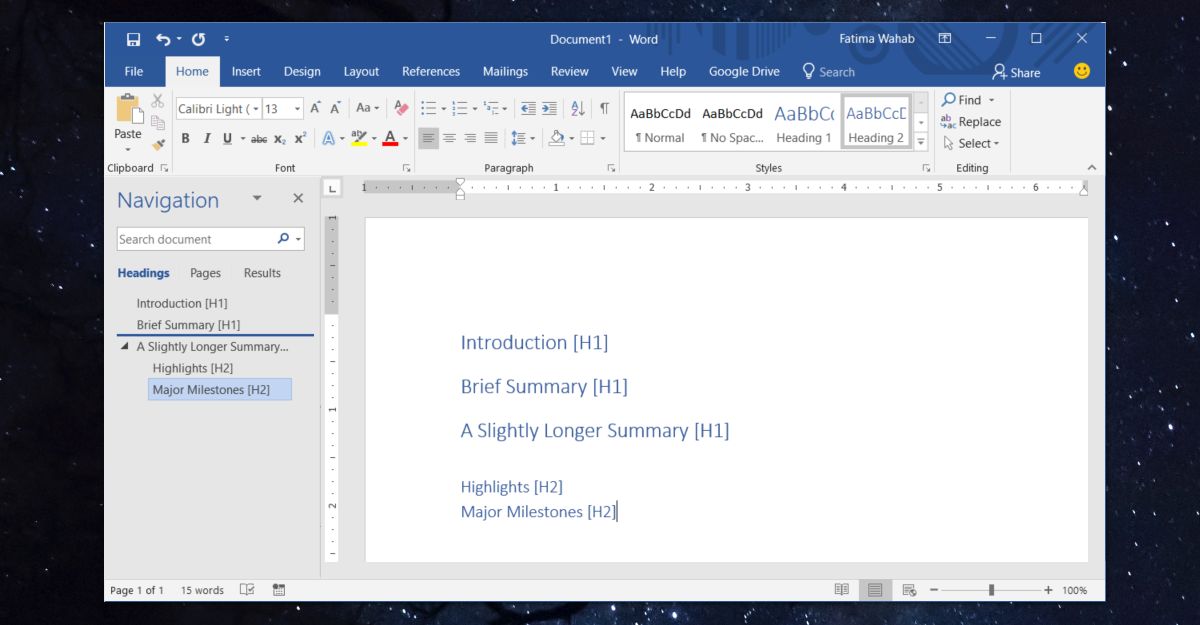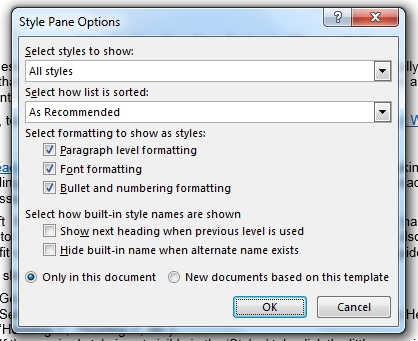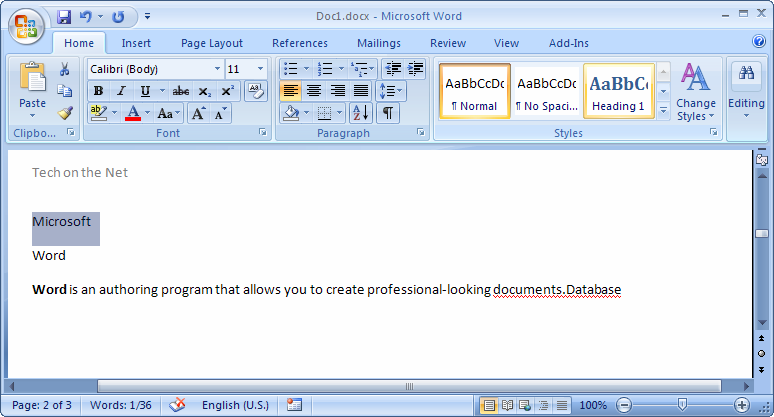

Here are the settings for the chapter heading example shown in this article: You can tell that a text frame is in place when you click on any of the headings and see the frame drawn with tiny, blue, dashed lines, as shown below. Now your headers will position themselves down the page as desired. Also set the desired Horizontal Position (for example to Center, as in the illustration shown in this article).


Click on Format again, and select Frame, and set the Text Wrapping to None.Click on Format (in the lower left corner), and select Paragraph, and set the Spacing Before and Spacing After as desired.Here is an example, and assuming they are called 'side headings', how can I create these A method that could be used are a table for each section with top alignment, but this seems messy.
#Making headings in microsoft word how to#
Right click on the desired Heading style (for example Heading 1), and select Modify. Side Headings seem to be fairly popular now, unfortunately I can't find any definitive guides on how to achieve them within Microsoft Word. On the Home tab, go to the Styles group. However, with the following technique you can overcome this limitation. It is difficult, because MS Word suppresses the “Paragraph Spacing Before” command when a heading falls at the top of a new page other than on the first page of a document or a new section. With Microsoft Word (2010, 2013, 2016, 2019, and perhaps other versions), this is difficult to do if you do not know the trick discussed in this article. To add a heading, click New Heading Before or New Heading After.Many times when preparing a book or a long report, you will want a major heading (such as a chapter heading) to be positioned part of the way down the page, such as the following: To change the heading to a higher or lower heading level, right-click the heading, and then click Promote or Demote. In the Navigation pane, click the Browse the headings in your document tab. Then click a thumbnail image to go to that page.Ĭlick a result to see it in your document, or browse through all the results by clicking the Next Search Result and Previous Search Result arrows. Browse by pageĬlick the Browse the pages in your document tab. If you scroll through your document, Word highlights the heading in the Navigation pane to show you where you are. To change the heading's level or add a heading, right-click the heading, and then choose the action you want. To move part of the document, click the heading and drag it to a new location. In the Navigation pane, click the Headings tab. You can also change the level of headings, and you can add new headings. You can move parts of your document around by moving them in the Navigation pane. 
In the search box at the top of the Navigation pane, type the text that you want to find.Ĭlick a result to see it in your document, or browse through all the results by clicking the up and down arrows. When you do scroll through your document, Word highlights the page you’re on in the Navigation pane to show you where you are. Then click a thumbnail image to go to that page. To go back to the top, click Jump to the beginning.Ĭlick Pages. Tip: To show or hide the subheadings under a heading, click the arrow next to the heading.








 0 kommentar(er)
0 kommentar(er)
